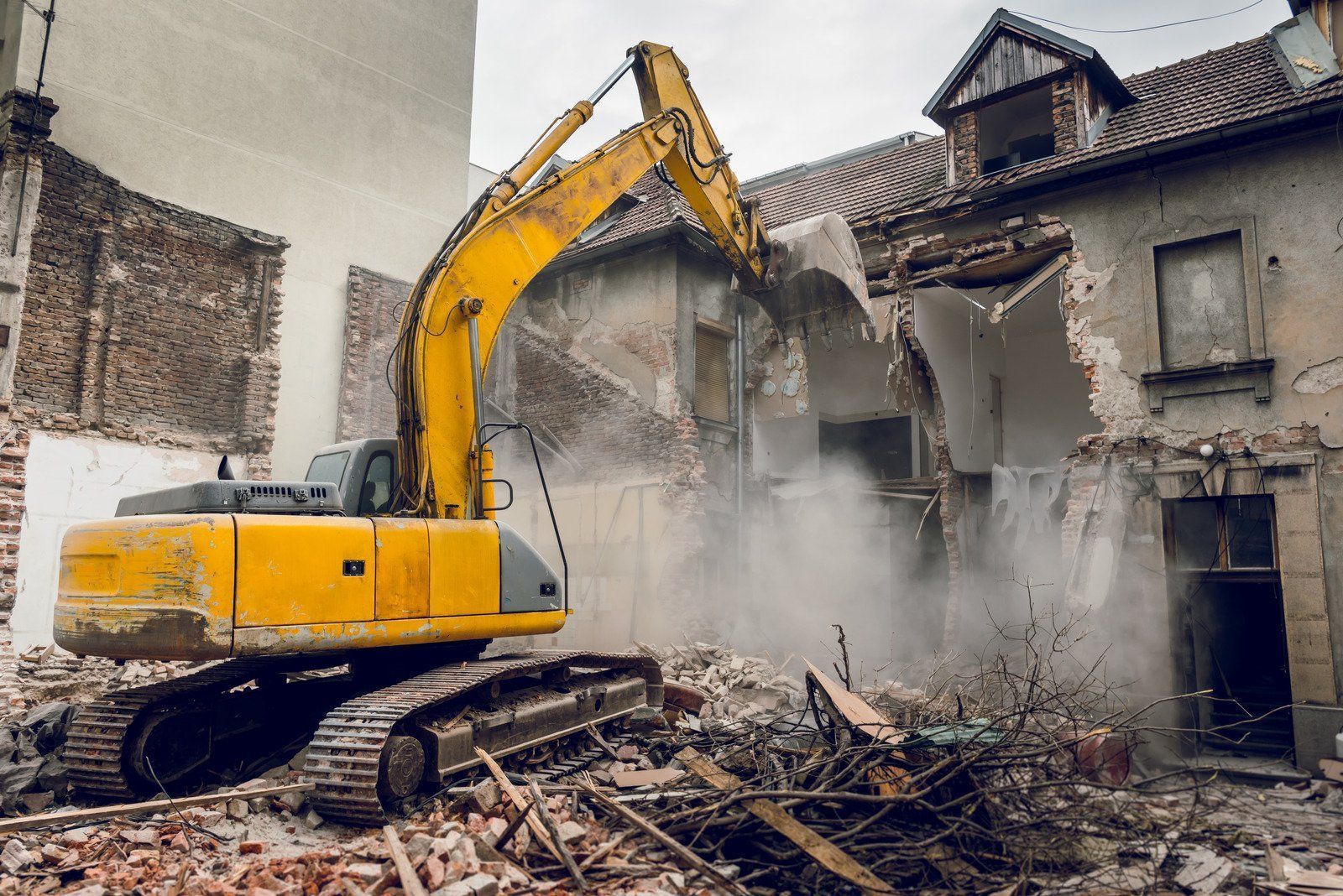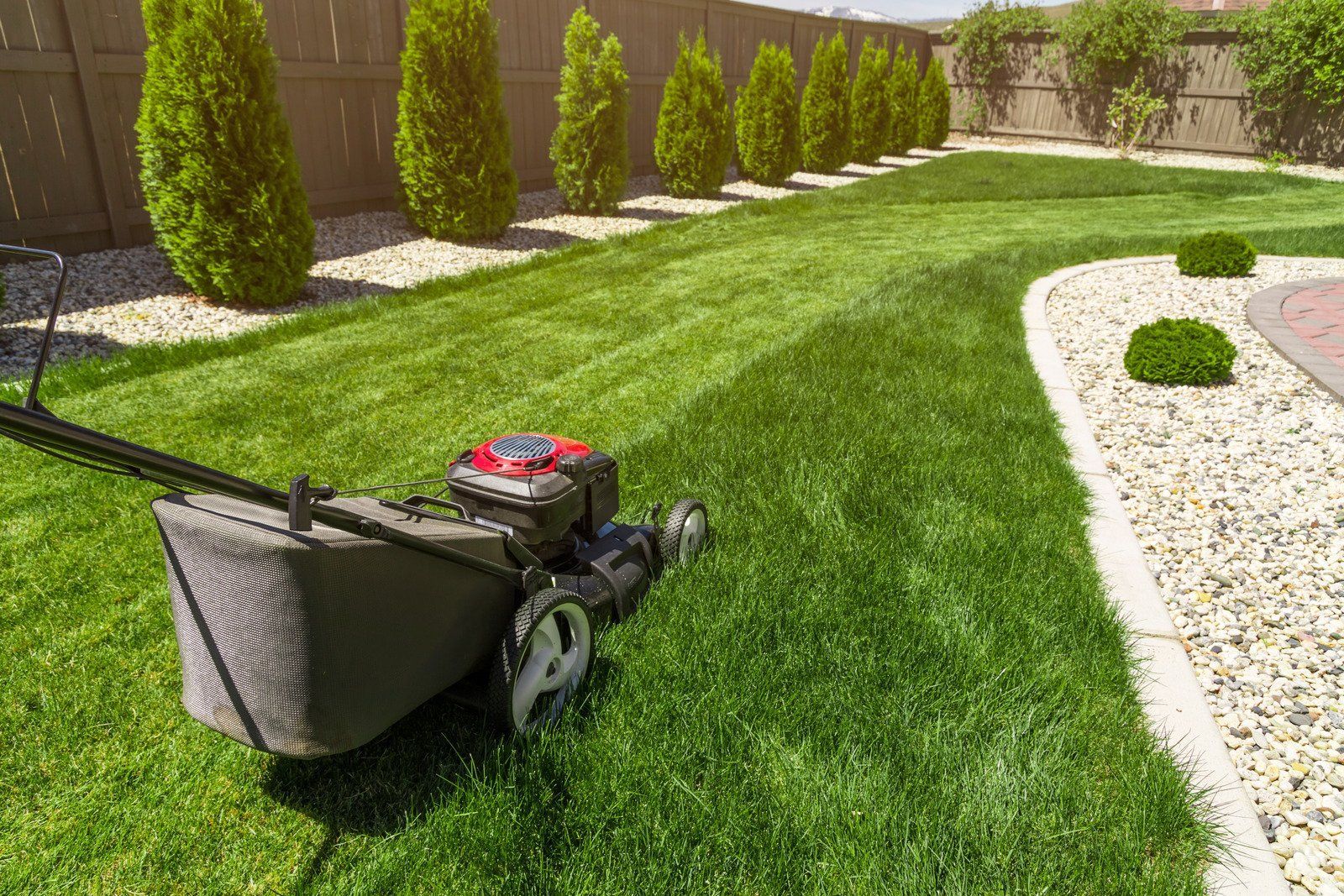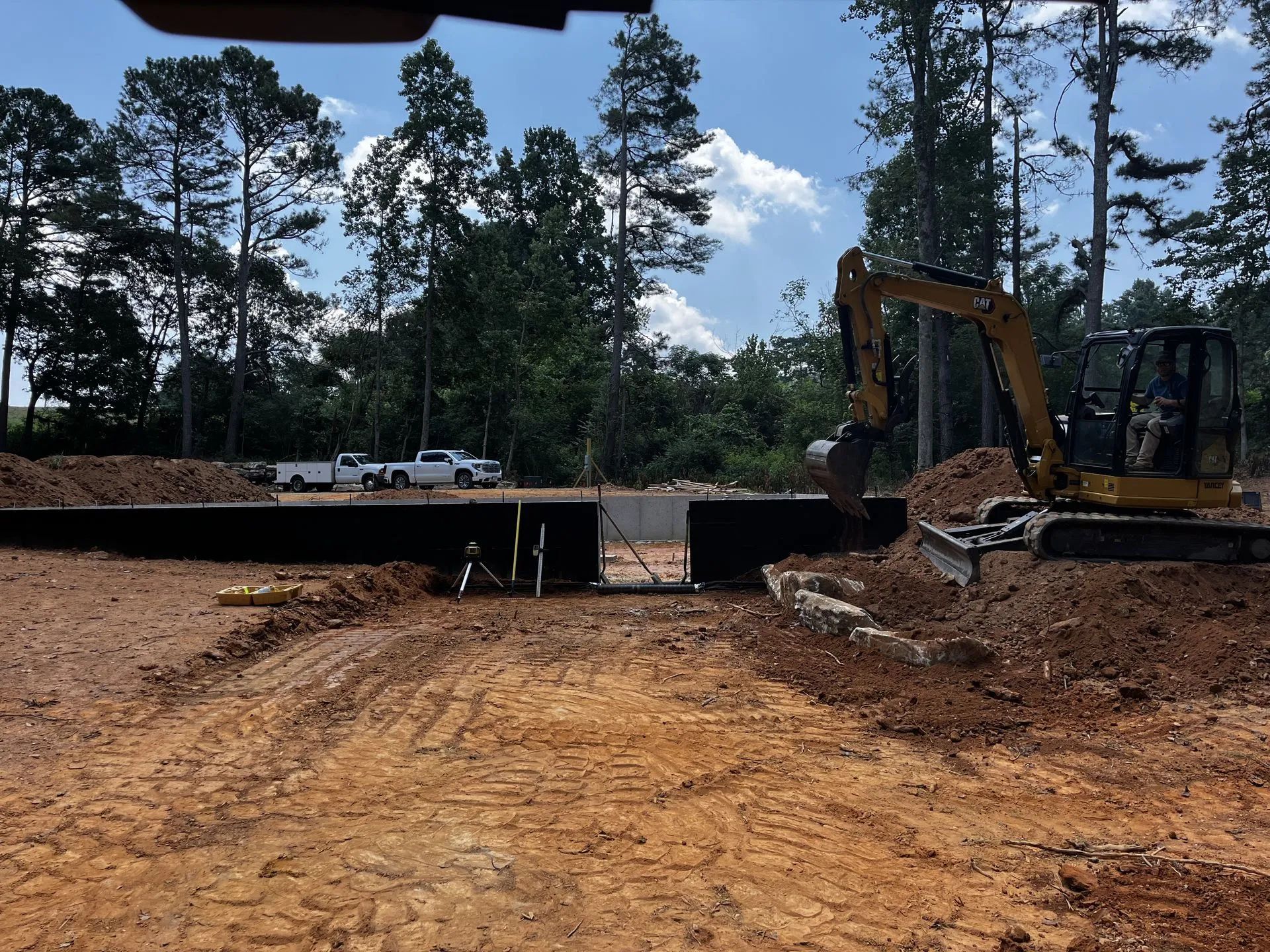Top 5 Signs Your Property Needs Professional Land Clearing Services
July 24, 2025

Whether you're planning new construction, improving your landscape, or addressing safety concerns, land clearing is often the first and most essential step. Clearing unwanted vegetation, trees, stumps, and debris creates a safe, usable, and accessible environment for future development. While some property owners may attempt DIY methods, most land clearing projects require professional equipment and expertise to ensure the job is done safely, efficiently, and in compliance with local regulations. Recognizing the early signs that your property needs clearing can help you avoid complications, increase property value, and make the most of your land’s potential. Here are the top signs it's time to call in a professional land clearing service.
1. Overgrown Vegetation and Invasive Species
If your property is covered in thick brush, overgrown weeds, or invasive plants like kudzu or poison ivy, it’s a clear sign that land clearing is needed. These conditions not only make your land unusable but can also choke out native plants and disrupt the natural ecosystem. Professional clearing services can eliminate invasive growth and help restore the land’s health and usability, especially in preparation for landscaping or construction.
2. Poor Drainage and Soil Erosion
Excessive vegetation and tree roots can affect how water drains on your property. If you notice pooling water, soggy areas, or visible erosion after rain, your land may require clearing and grading. Clearing unwanted vegetation allows proper grading and drainage improvements to be implemented. This is particularly important for properties in flood-prone areas or those being prepared for development, where stable ground is essential.
3. Unsafe or Hazardous Trees
Dead, diseased, or leaning trees pose a serious risk to structures, people, and other healthy trees on your land. If your property contains trees that are brittle, shedding large limbs, or appear to be at risk of falling, it's time to consider professional clearing. Certified contractors can assess tree health and safely remove hazardous trees before they become a liability or cause costly damage.
4. Preparing for Construction or Landscaping Projects
If you're planning to build a home, install a new driveway, or develop a large garden or recreational area, land clearing is a critical first step. Professional services ensure all stumps, rocks, and debris are removed, providing a clean slate for construction. Attempting to build on uncleared or uneven land increases the risk of structural issues and can result in delays or added costs.
5. Unwanted Wildlife or Pest Activity
Overgrown properties often attract unwanted wildlife, including rodents, snakes, and insects, which can quickly become a nuisance—or a danger. Densely wooded or brush-filled areas provide ideal habitats for pests that may eventually migrate toward your home. Land clearing removes the conditions that support these populations, creating a cleaner, safer environment and reducing the risk of pest infestations.
Reclaim Your Land with Expert Clearing Services
Neglected or undeveloped land can quickly become overrun and unsafe. Recognizing the need for professional land clearing services allows property owners to act before problems escalate. From preparing for a build to improving drainage or enhancing safety, timely clearing ensures your land is ready for its next purpose—and preserved for years to come.
Georgia Land Pros, based in Gainesville, Georgia, has over 5
years of experience delivering reliable and efficient land clearing services. Our team uses advanced equipment and proven techniques to help property owners prepare their land safely and effectively. Whether for construction, landscaping, or safety, we’re here to help you take control of your property.




